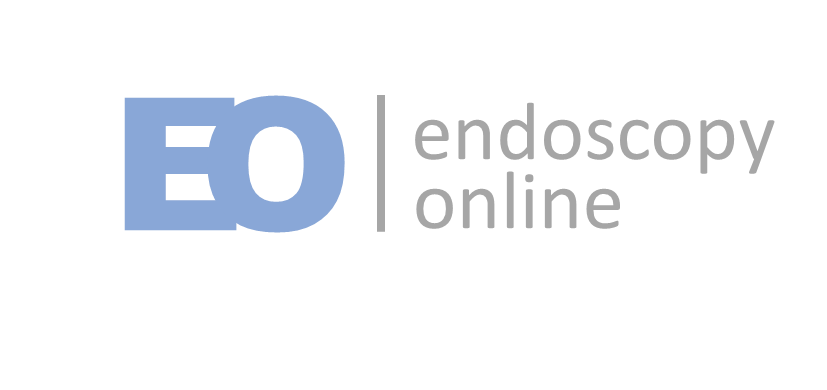.
Eosinophilic colitis is characterised by eosinophilic infiltration of the wall of the colon. Isolated involvement of the colon is rare, with the upper gastrointestinal tract typically involved as well. Diagnosis depends on the exclusion of secondary causes of eosinophilia such as parasitic infection, inflammatory bowel disease (IBD) and food allergy or drug sensitivities (common with carbmazepine, clozapine, NSAIDS, rifampicin, and tacrolimus)[1,2] Isolated involvement of the colon is rare.
The exact cause of eosinophilic colitis remains elusive. Most will have a history of atopia 75% having either eczema or asthma[1]. eosinophilic major basic protein is often raised [5], and it is likely that this condition is mediated by allergen specific T cells.
Clinical features
Eosinophilic colitis has a bimodal pattern with peaks occurring in the neonatal period and during young adulthood[1]. The clinical presentation depends on the extent of infiltration of the bowel wall. If there is only mucosal disease then the presentation is typically of malabsorption with bloody diarrhoea. If the infiltration is deeper, and of a more chronic duration, this leads to thickening of the entire bowel wall and can cause narrowing (stenosis) of the bowel with obstructive symptoms (colicky crampy pain) [1,3,5].
Diagnosis
The features that support a diagnosis of eosinophilic colitis include:
Peripheral eosinophilia – with a raided eosinophil count on blood testing.
Eosinophilic infiltration of the colon – at least 20 eosinophils per high powered field.
Diarrhoea or obstructive bowel features
X-ray or CT may show circumferential bowel wall thickening [1].
Colonoscopy typically shows patchy areas of mucosal oedema, erythema and lymphonodular hyperplasia [1,2].
Management
Corticosteroids (prednisone) over 2 weeks are effective in over 90% of cases. Relapse after steroid treatment is common, and maintenance therapy with steroid-sparing agents such as anti-histamines (i.e. ketotifen), the leukotriene inhibitors (e.g. montelukast) may help [1].
References
- Okpara N, Aswad B, Baffy G. Eosinophilic colitis. World Journal of Gastroenterology. 2009;15(24):2975-2979.
- Rothenberg ME. Eosinophilic gastrointestinal disorders (EGID). J Allergy Clin Immunol. 2004;113:11-28.
- Velchuru VR, Khan AB, Hellquist HB et al.Eosinophilic colitis. J Gastrointestinal Surg.2007;11:1373-1375.
- Persic M, Stimac T, Stimac D et al.Eosinophilic Colitis:A Rare Entity. Journal of Pediatric Gastroenterology and Nutrition. 2001;32:325-326.
- Prussin C, Gonsalves N. Eosinophilic gastroenteritis. Up to Date. Sep 2010.

